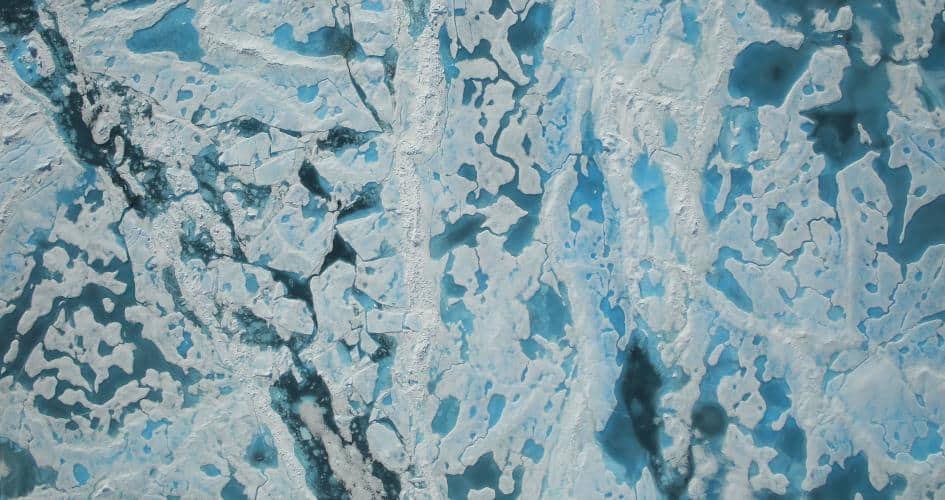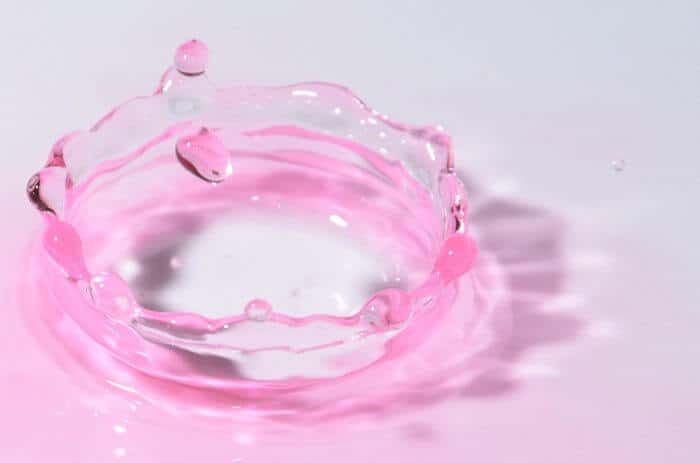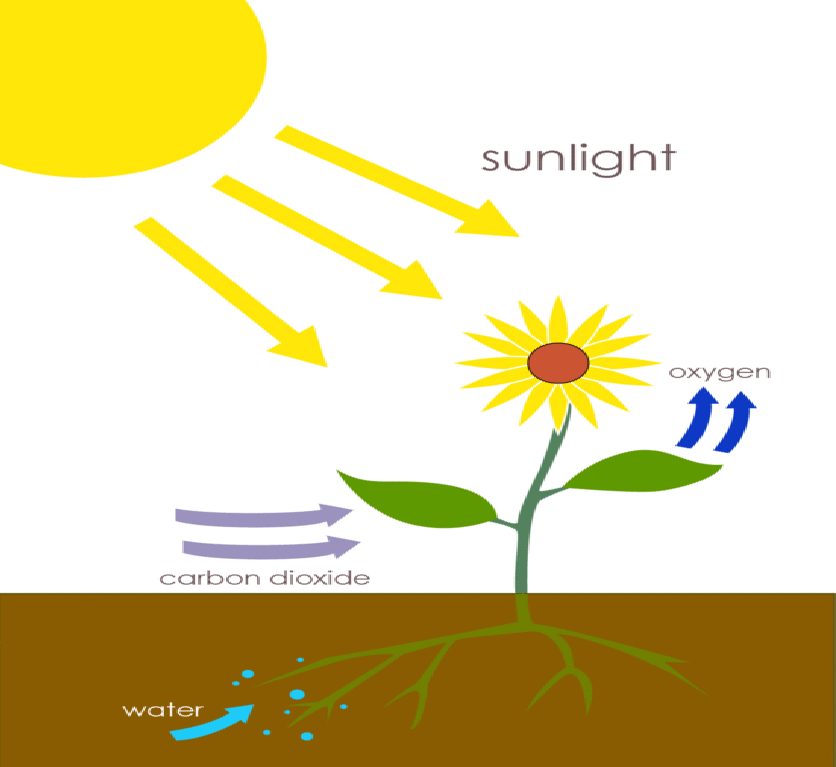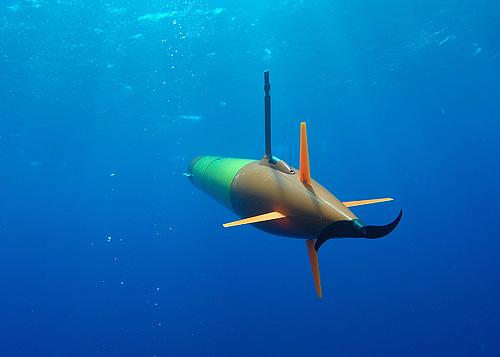This one easy mathematical trick can precisely predict the form and melting results of ponds on Arctic sea ice, in line with new analysis by UChicago scientists.
The study, printed April four in Bodily Assessment Letters by researchers with UChicago and MIT, ought to assist local weather scientists enhance fashions of local weather change and maybe plug a niche between scientific predictions and observations over the previous decade, they mentioned.
Each winter, a few of the ocean freezes into ice. A lot of the Arctic ecosystem—from polar bears to algae—revolves round this sea ice. It additionally has a big impression on the worldwide local weather; it could actually mirror warmth again out to house so the Earth doesn’t take up it, and it’s a significant participant in ocean circulation.
“However sea ice cowl has been shrinking, and considerably quicker than our fashions predict,” mentioned Predrag Popović, a UChicago graduate pupil and first creator of the paper. “So we’re in search of the place the discrepancy is likely to be.”
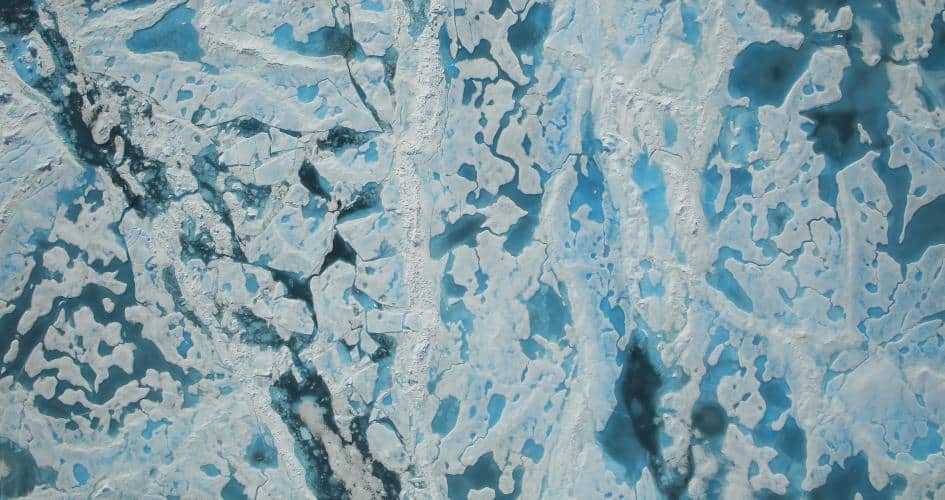
One chance is soften ponds. Because the solar shines and the ice melts, ponds of water type atop the ice. These ponds take up further daylight, as a result of they’re darker than ice, which in flip causes the remainder of the ice to soften quicker. Their dimension and form additionally affect how ice breaks up, and the way a lot mild will get to organisms dwelling beneath the ice.
Popović, together with Prof. Mary Silber and Assoc. Prof. Dorian Abbot of the College of Chicago, puzzled if there was a greater strategy to statistically mannequin these ponds. Their “void” technique begins by making a collection of random circles, permitting them to overlap and contemplating the voids between the circles as soften ponds.
This seems to be fairly efficient at estimating how precise soften ponds type and behave, which they discovered by evaluating them to aerial photos of melts taken in 1998 and 2005.
Less complicated math is especially useful for scientists making an attempt to construct world local weather fashions, that are already massively difficult and computationally costly.
“You may get comparable traits utilizing different mathematical strategies, however the void mannequin is far less complicated and simply as correct,” Abbot mentioned. “Realizing this straightforward method can precisely describe ponds may enhance our predictions of how sea ice will reply because the Arctic continues to heat.”
“It actually units a goal for understanding of sea ice,” Silber added.

